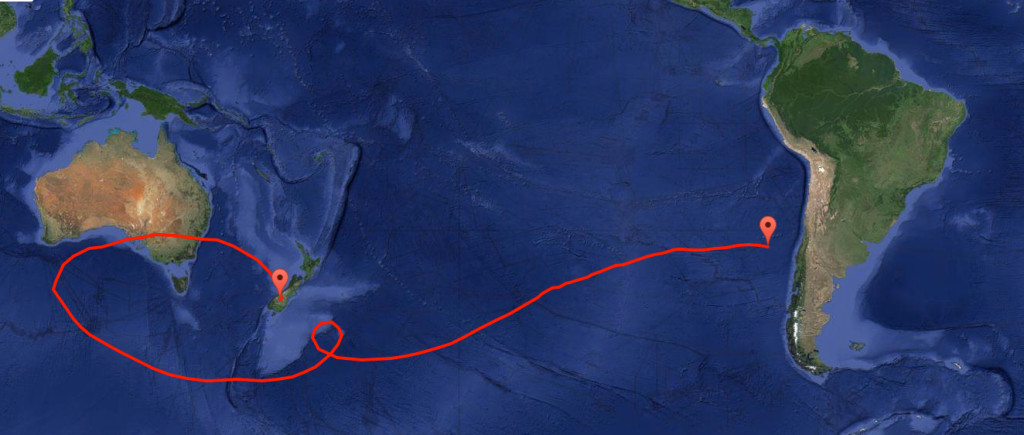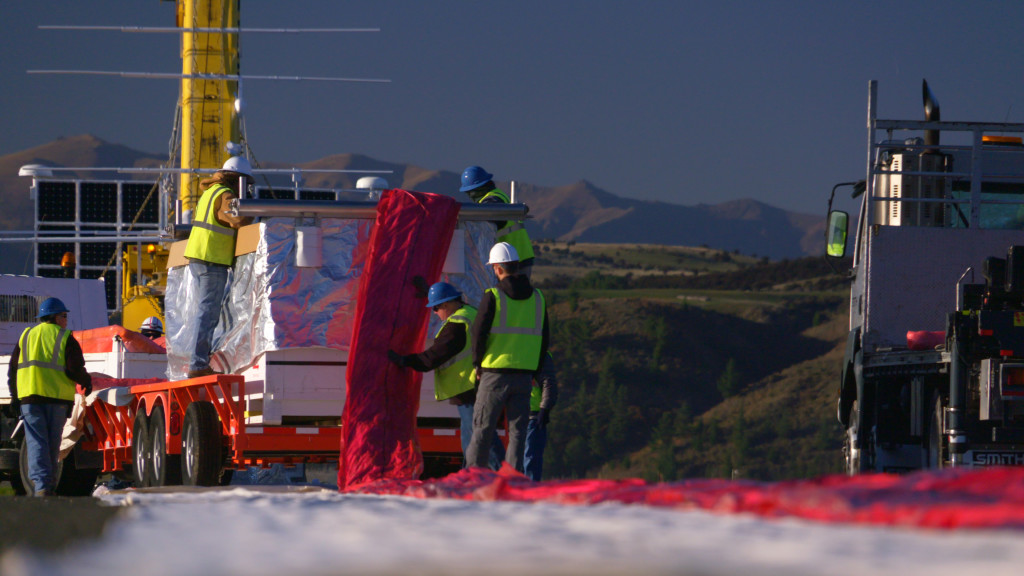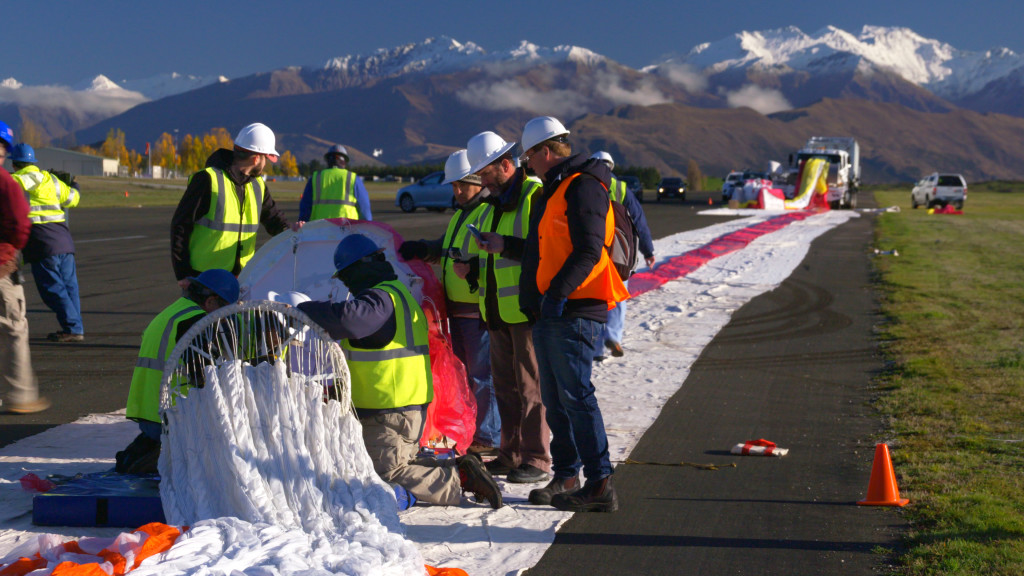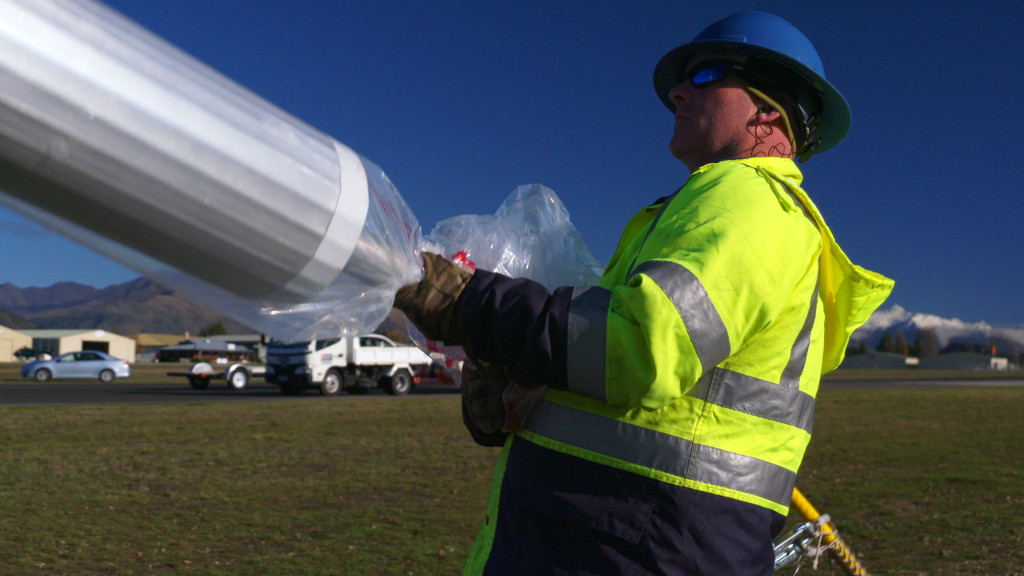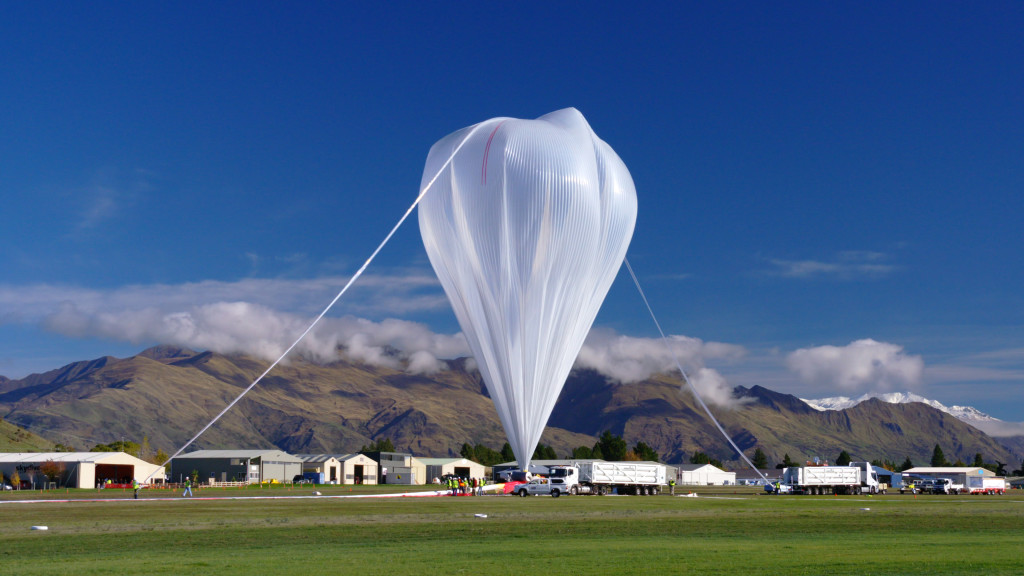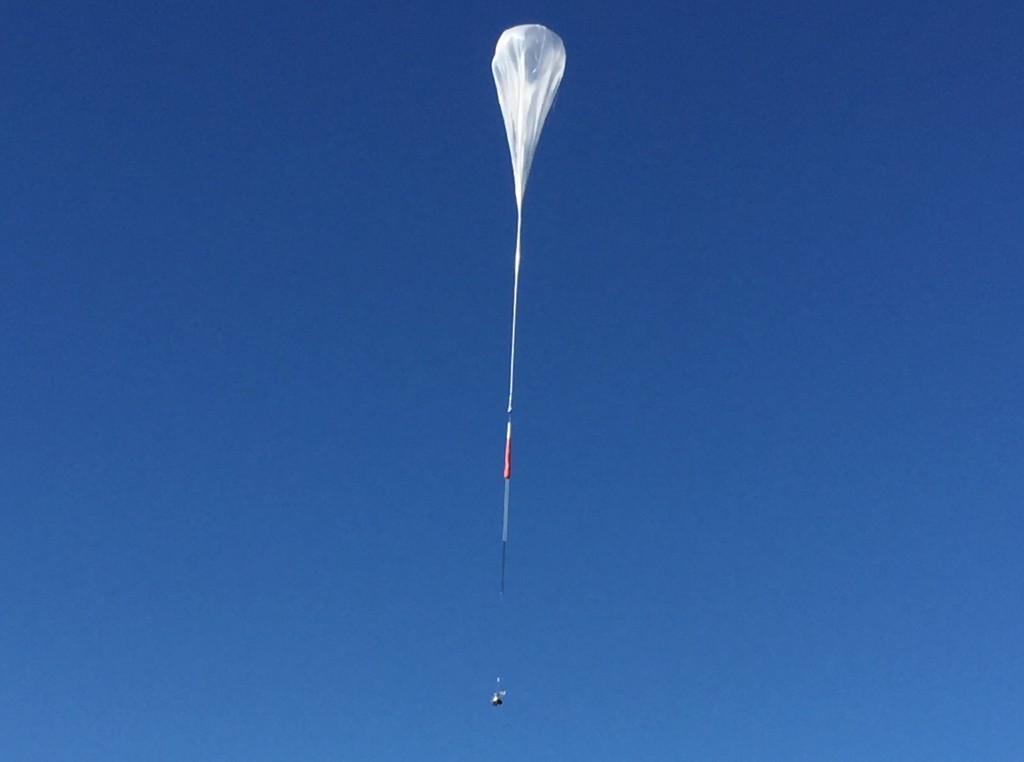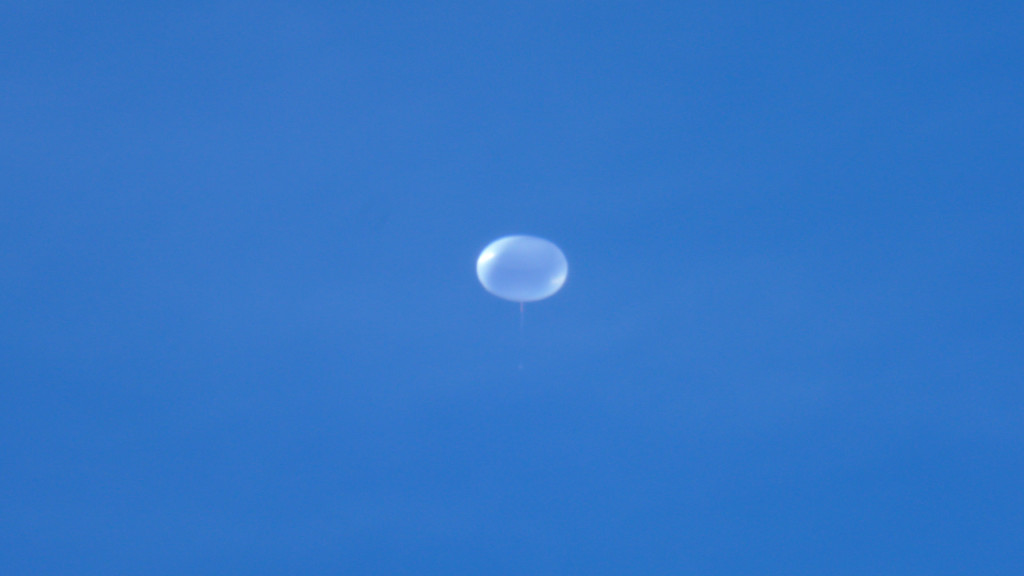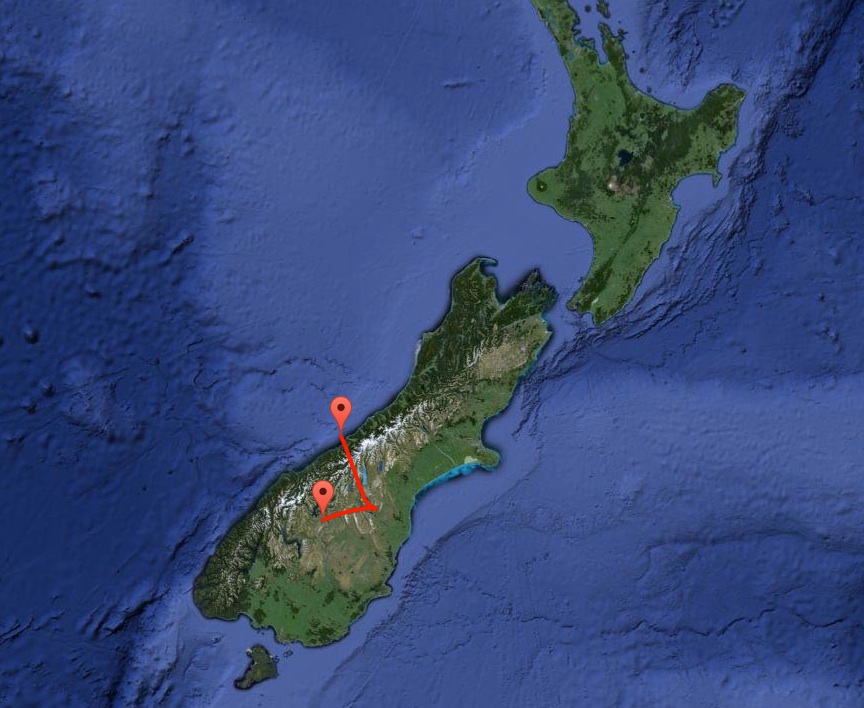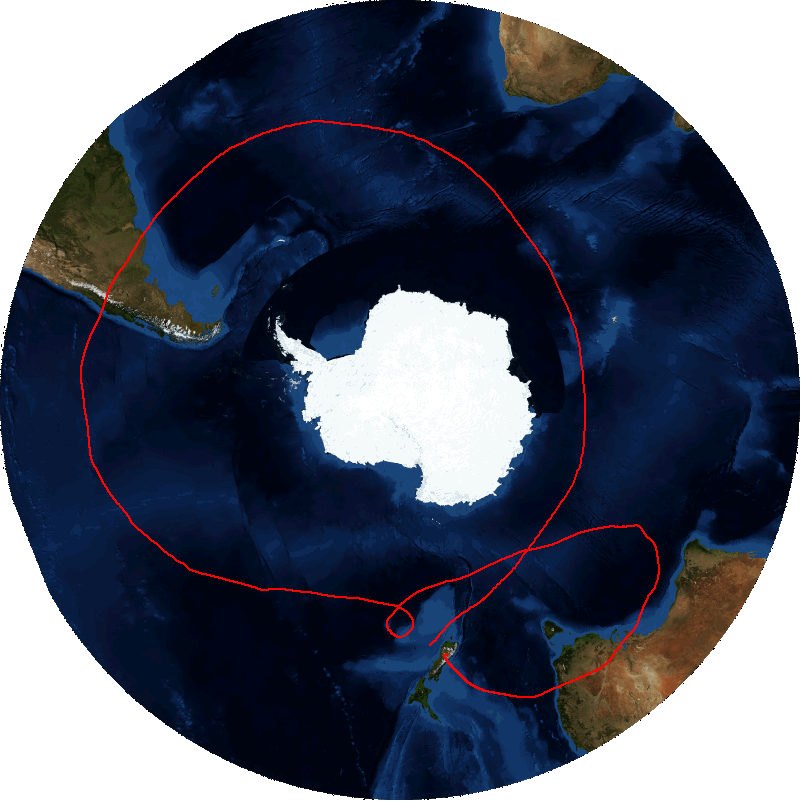
NASA’s 18.8 million-cubic-foot super pressure balloon hit another milestone at 9:17 a.m. EDT Monday, May 31, crossing the 169.24 east longitude line, officially completing its first circumnavigation of the globe.
The balloon, flying the Compton Spectrometer and Imager (COSI) payload, achieved the milestone 14 days, 13 hours and 42 minutes after launching from Wanaka Airport, New Zealand. At the moment the balloon crossed the meridian, it was flying at an altitude of 110,170 feet heading northeast at 53.85 knots.
“Long duration, heavy-lift scientific balloon flights are poised to open doors for science and technology payloads seeking low-cost access to the near-space environment,” said Debbie Fairbrother, NASA’s Balloon Program Office chief. “The team will continue to push SPB to its limits as it continues its global journey with the COSI payload.”
The COSI science team continues to collect and transmit data back to the payload’s control center at the University of California, Berkeley. On May 30, the COSI team had a significant breakthrough in detecting and localizing their first gamma ray burst, GRB 160530A (recorded in Gamma-ray Coordinates Network Circular 19473). Gamma ray bursts are comprised of the most energetic form of light and can last anywhere from milliseconds to several minutes. The phenomenon is associated with many types of deep space astrophysical sources, such as supernovas and the formation of black holes. The COSI gamma ray telescope observed the burst for nearly 10 seconds.
“GRB 160530A was a very bright burst and is an excellent candidate for us to utilize COSI’s unique capabilities to perform novel measurement of the polarization of this gamma ray burst. The COSI science instrument continues to function well,” said Steven Boggs, professor of physics at Berkeley and leader of the COSI collaboration. “We’ve met our minimum success criteria and the telescope is in an excellent position to continue the mission through completion. We hope to see many more gamma ray bursts while we continue our survey of the southern sky.”
The NASA Columbia Scientific Balloon Facility, operated by Orbital ATK, continues to monitor the balloon’s flight at the facility’s control center in Palestine, Texas. “Our tracking data shows the balloon is in good health and performing as expected thanks to the expertise of the super pressure balloon team and our experienced mission specialists at the Columbia Scientific Balloon Facility. The completion of the balloon’s first mid-latitude circumnavigation marks a key mission milestone and brings us one step closer in setting a new flight duration record,” said John Pullen, vice president and general manager, Technical Services Division of Orbital ATK’s Space Systems Group.
“We are also pleased that important science data, such as the discovery of a gamma ray burst, is already being collected on the mission which reinforces the capabilities of NASA’s scientific balloons in providing affordable, near-space access for conducting scientific investigations,” said Pullen.
NASA’s Wallops Flight Facility in Virginia manages the agency’s scientific balloon flight program with 10 to 15 flights each year from launch sites worldwide. Orbital ATK, which operates NASA’s Columbia Scientific Balloon Facility in Palestine, Texas, provides mission planning, engineering services and field operations for NASA’s scientific balloon program. The CSBF team has launched more than 1,700 scientific balloons in the over 35 years of operation.
Weather permitting, the balloon can be seen from the ground, especially at sunrise and sunset, as it continues on its globetrotting journey. People can track the real-time location of NASA’s super pressure balloon at this website: http://www.csbf.nasa.gov/newzealand/wanaka.htm.
For more information on NASA’s Balloon Program, visit: www.nasa.gov/scientificballoons.

